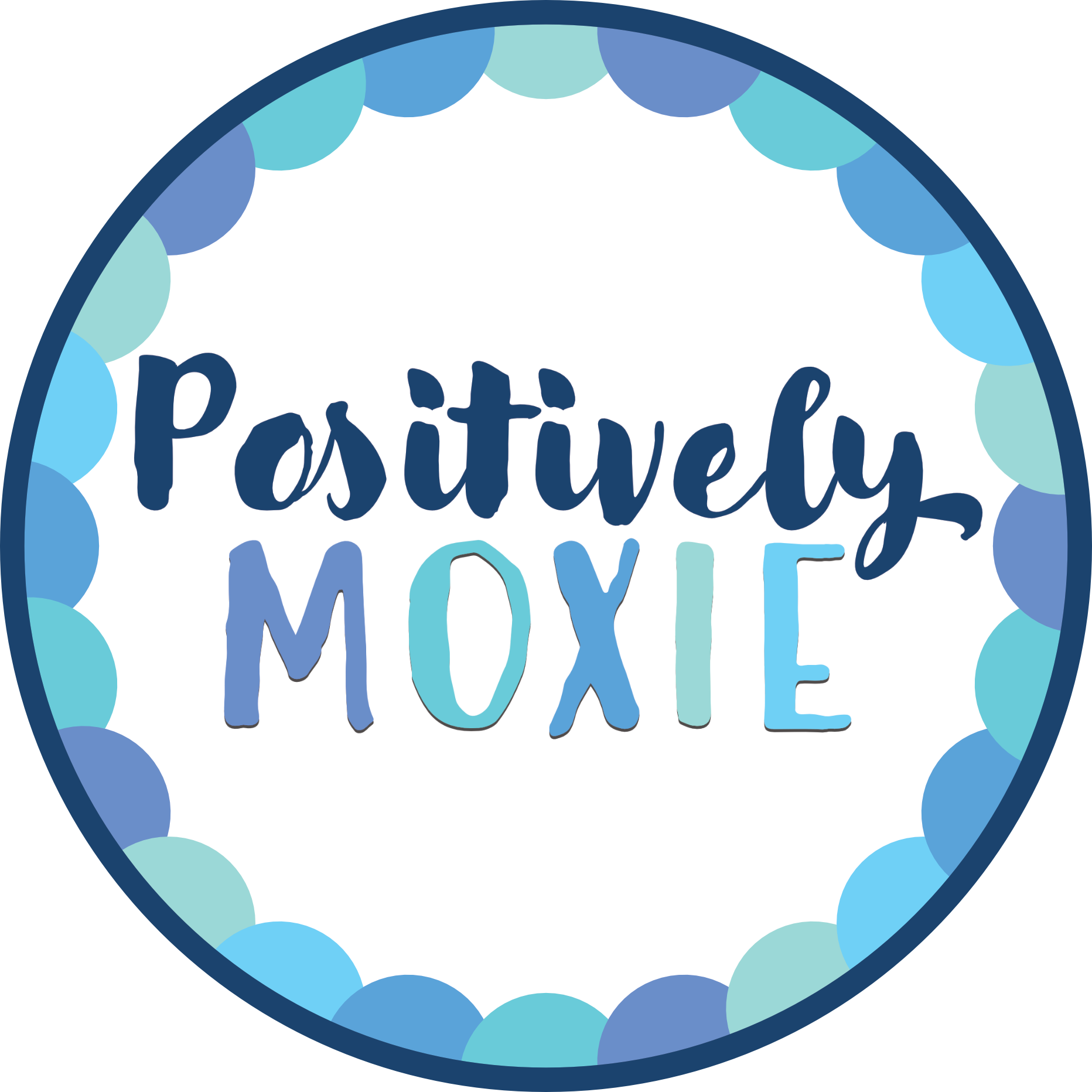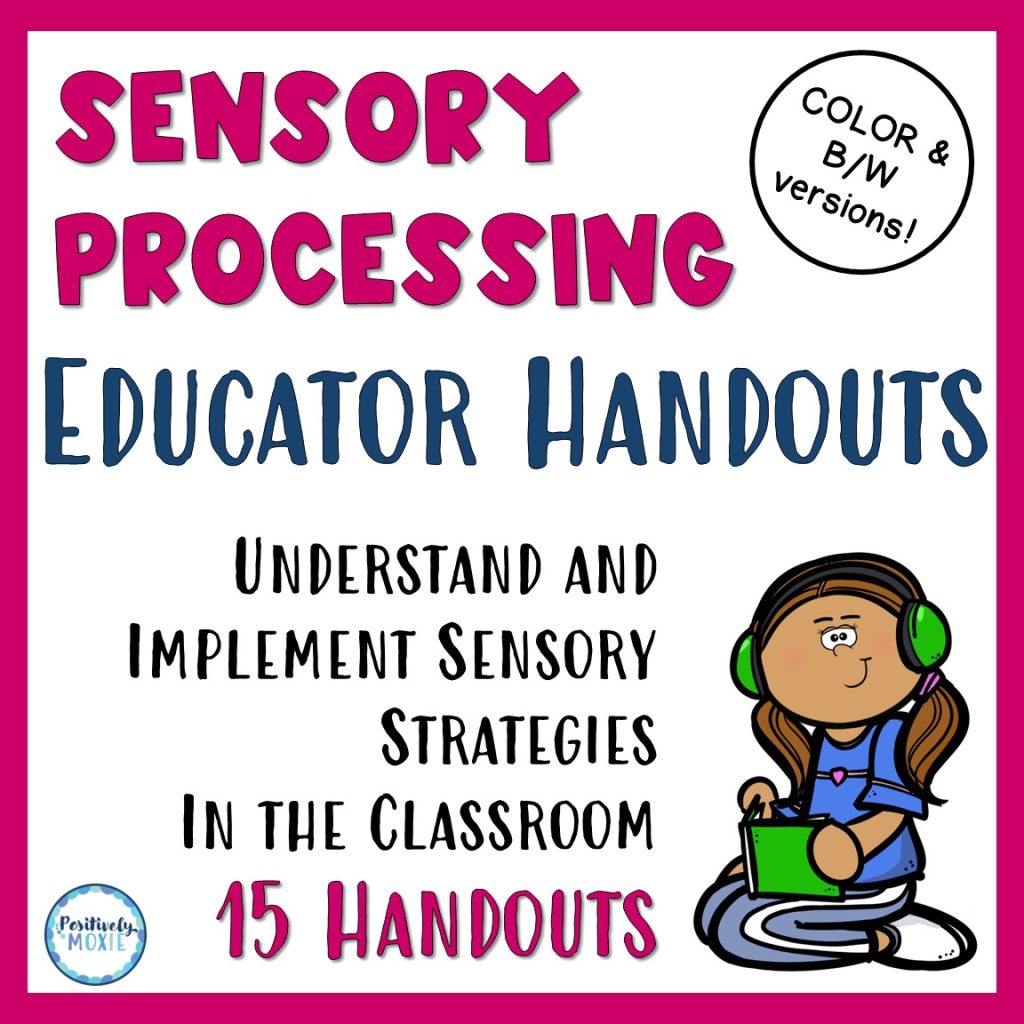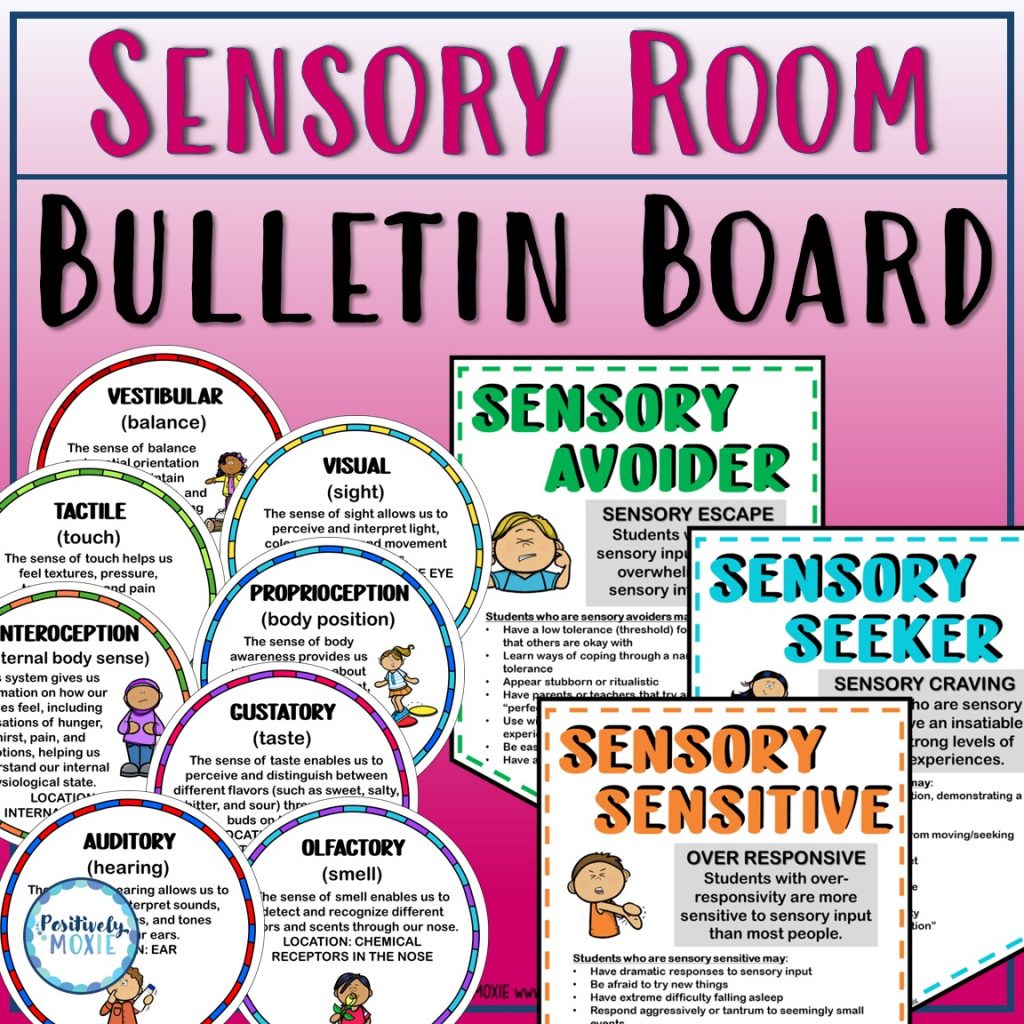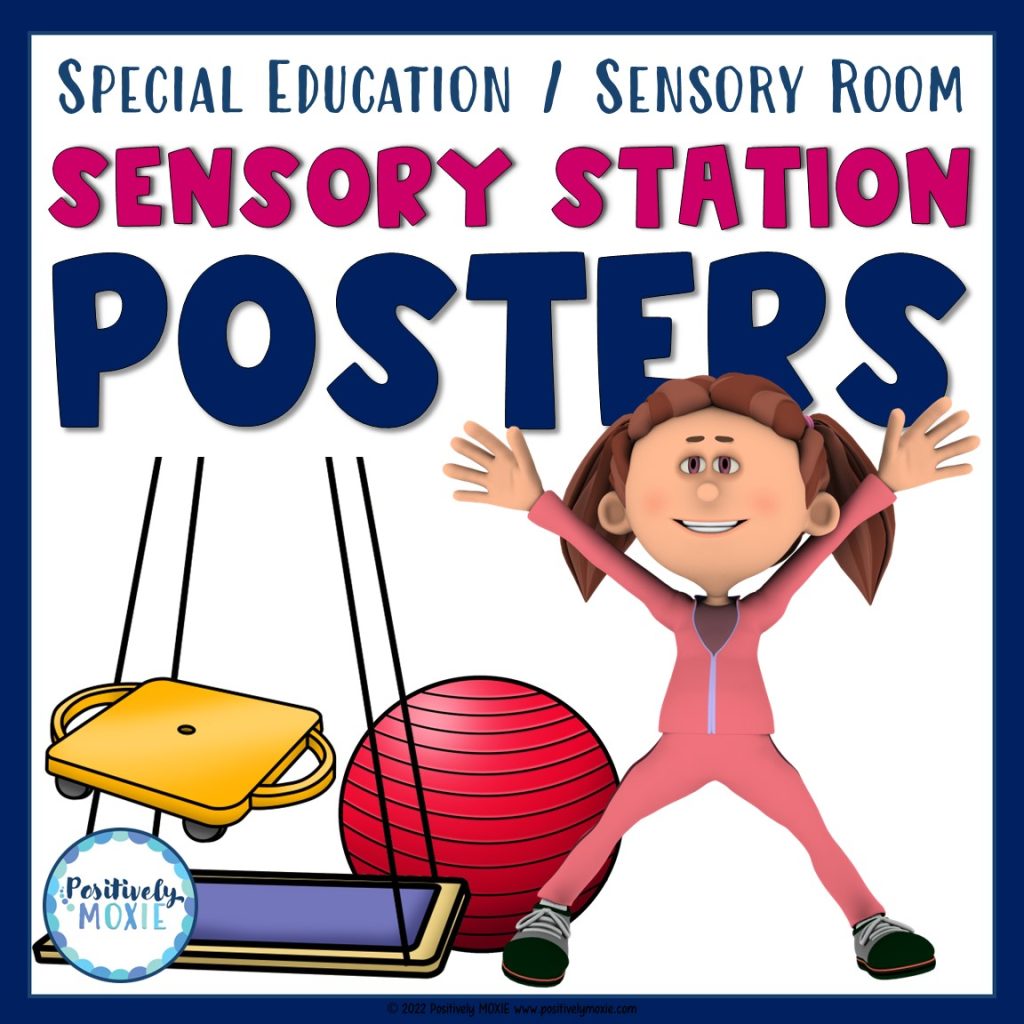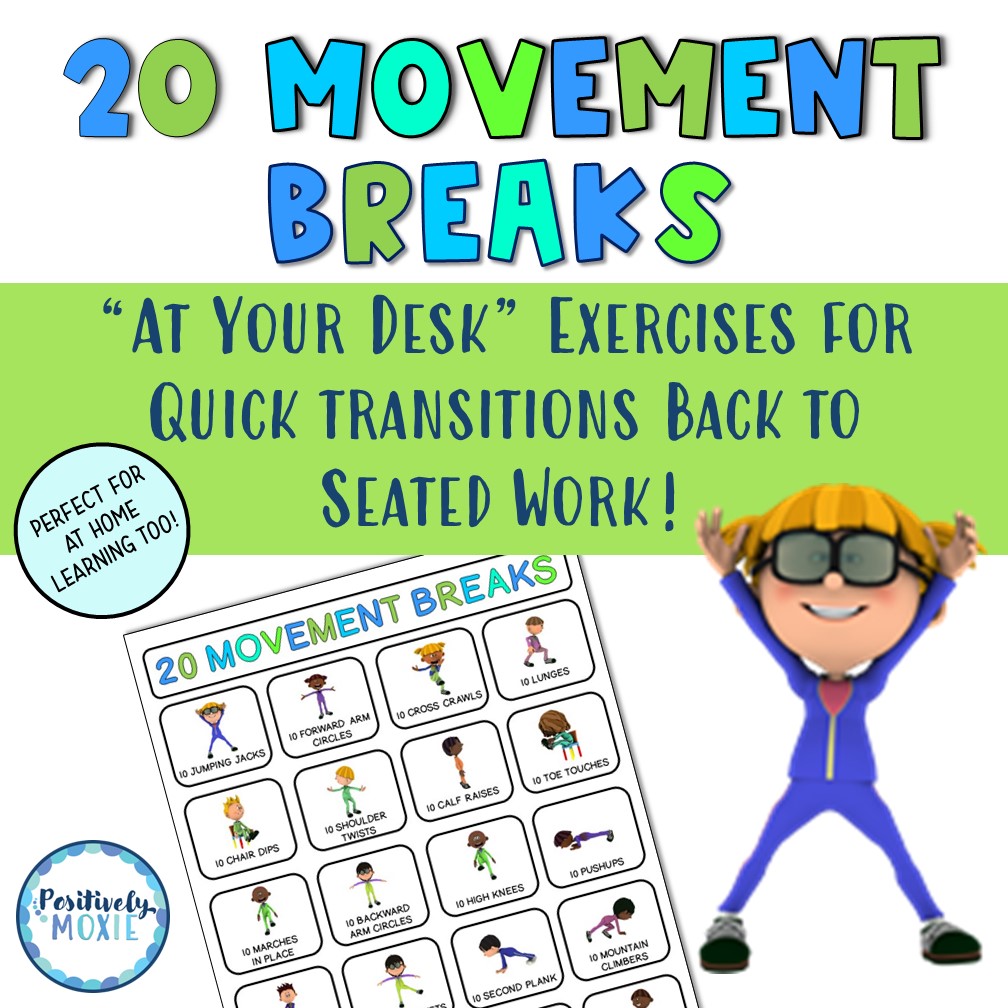Sensory processing and movement play a crucial role in students’ school success because they directly affect attention, self-regulation, and learning. When students can effectively process sensory input—such as touch, movement, sounds, and visual stimuli—they are better able to focus, follow directions, and engage in classroom activities. Movement, particularly purposeful physical activity, supports brain development, improves coordination, and helps with self-regulation, allowing students to stay alert and ready to learn.
For students with sensory processing challenges, difficulties in these areas can lead to frustration, behavioral issues, or trouble with academic tasks like writing and reading. Schools can create an environment where all students can thrive by integrating movement and sensory-friendly strategies.
Understanding and supporting students with sensory processing differences can be challenging in a busy school environment. These 15 Sensory Processing Handouts are designed specifically for educators and school staff to help them recognize sensory processing challenges and implement effective strategies in the classroom. Students who struggle with filtering, interpreting, or responding to sensory input may experience overwhelm, anxiety, or frustration, which can interfere with their ability to learn and self-regulate.
These handouts provide clear, practical guidance on how to reset students’ attention, reduce sensory overload, and improve engagement in learning. Topics include Sensory Processing 101, Sensory Red Flags, Creating a Sensory-Friendly Classroom, Sensory Break Ideas, Calming Strategies, Heavy Work Activities, and more. With these ready-to-use resources, educators can create supportive learning environments that help all students thrive.
Create an engaging and educational space with this Sensory Room Bulletin Board Set, designed to help students understand sensory processing in a visually appealing format. Whether you’re an educator, occupational therapist, or school counselor, this resource provides easy-to-use posters and decor to explain the 8 sensory systems, sensory processing styles, and the role of a sensory room in supporting student self-regulation.
This set defines key sensory concepts, including calming, active, and learning areas, sensory-friendly strategies, and mindful breathing techniques to help students manage their emotions and behaviors. With over 50 posters covering topics like sensory modulation, sensory diets, and the fight-flight-freeze response, this resource is perfect for classrooms, therapy rooms, and sensory spaces, making complex sensory concepts accessible and engaging for all learners!
Create a purposeful and effective sensory room with this Sensory Room Resource Pack, designed to support students who need movement, calming activities, or a safe space to regulate their emotions. A well-structured sensory room helps students develop self-regulation skills through a bottom-up approach, using sensory and movement-based strategies to calm their brain and body. This resource provides essential guidance for educators, special education teachers, school counselors, occupational therapists, and other professionals in setting up a structured, safe, and engaging sensory space.
With over 36 sensory station posters, clear safety guidelines, and a step-by-step guide to creating a sensory room, this resource ensures that students receive the right sensory input to return to learning. It includes color-coded sensory posters, station directions, reflection sheets, and implementation tips to make the process easy and effective. Perfect for schools, therapy spaces, and special education classrooms, this resource empowers educators to create a sensory-friendly environment that fosters student success!
Give students a quick and effective way to reset their focus with these 20 Brain Break-Style Movement Exercises! Designed for easy transitions back to seated work, these movement breaks provide a fun and engaging way to release energy while preparing the brain for learning. This resource includes a one-page tools poster, individual exercise cards in two sizes, and full-sized posters for each movement, along with safety guidelines, classroom management tips, and strategies for motivating all students.
Why use movement in the classroom? Short bursts of movement boost attention, improve self-regulation, and enhance academic performance, making this resource perfect for elementary teachers, special education staff, occupational therapists, school counselors, and parents. Whether working with students who need extra sensory input, struggle with focus, or benefit from structured movement, these quick and easy exercises help create a more engaged and successful learning environment!
